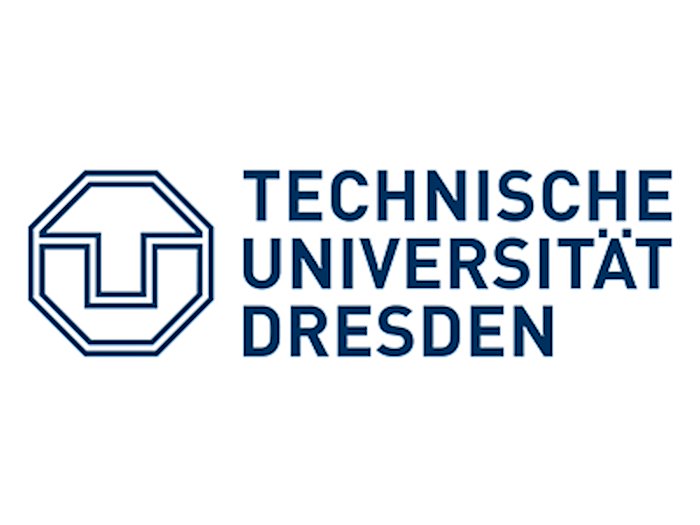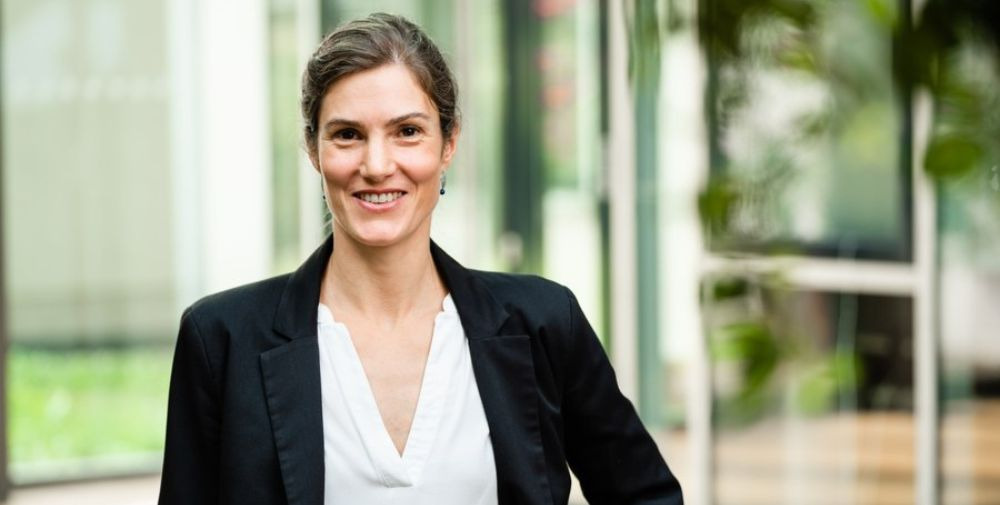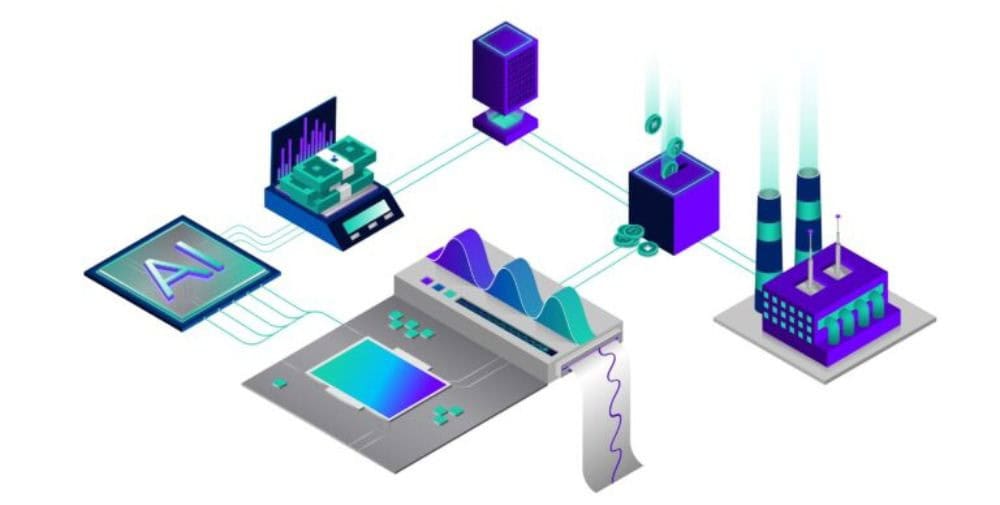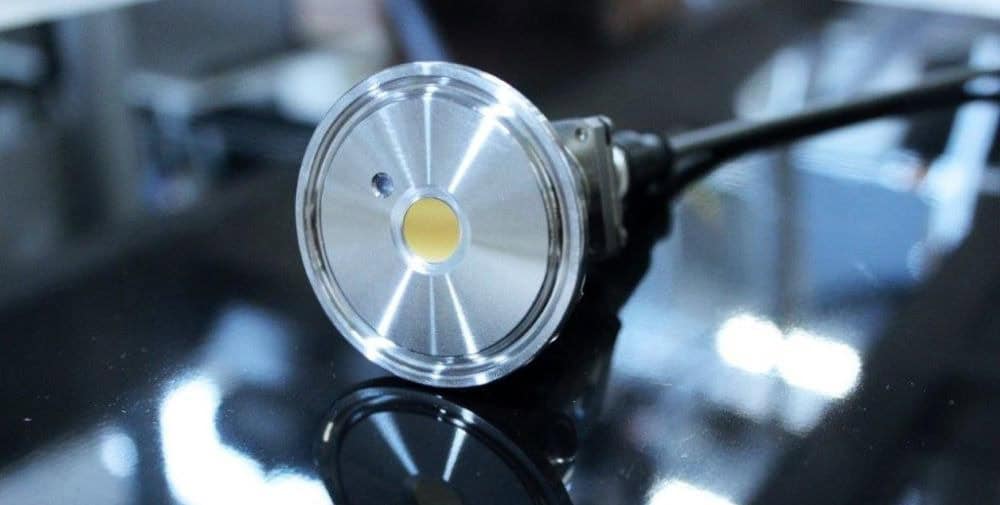
The unconventional superconductor CeRh2As2 – star in the quantum world
Where Elena Hassinger conducts research, record cold prevails. In 2021, the expert in low-temperature physics from the Cluster of Excellence ct.qmat – Complexity and Topology in Quantum Matter at the Universities of Würzburg and Dresden discovered the unconventional superconductor cerium-rhodium-arsenic (CeRh2As2). So far, it is the only quantum material that exhibits two specific superconducting states – as reported in the journal Science. Usually, there is only one superconducting phase, which occurs below a certain transition temperature and in which the electrons are transported completely without resistance in the material.
Lossless current conduction in superconductors has been one of the top topics in solid-state physics for decades and has become the great hope for energy technology. “The second superconducting phase arises because the otherwise completely symmetrical crystal structure around the cerium atom is asymmetrical. This is precisely what makes the chemical compound special and a hot candidate for topological quantum computing,” says Hassinger, describing the enormous potential of the material. “I would also like to look for the same unconventional structural property in other quantum materials and use it to find topological superconductivity at higher temperatures.”
ERC Consolidator Grant – 2.7 million from the European Research Council
For the research project “Exotic quantum states with locally broken inversion symmetry in extreme conditions – Ixtreme”, Hassinger has now received 2.7 million euros from the European Research Council (ERC). Over the next five years, she would like to use this money to research the superconducting “miracle” CeRh2As2 even more closely in her Dresden laboratories, search for related quantum materials and help topological quantum computing achieve a breakthrough: “If I can actually prove the theoretically predicted topological surface states of my cerium-rhodium-arsenic compound in the laboratory, topological quantum bits (qubits) could be realized. That would be a huge step,” explains Hassinger.
Enormous potential for topological quantum computing
Topological qubits are considered to be particularly robust. Their quantum states are significantly more stable than those of sensitive, non-topological specimens. One of the greatest challenges in current research is the search for an approach that makes 1,000 qubits possible at the same time. Only in this way can quantum processors solve tasks in minutes that would take conventional supercomputers years. The scientists at the Cluster of Excellence ct.qmat are therefore concentrating on research into topological quantum materials.
Pioneering research under extreme laboratory conditions
The image shows the superconducting miracle cerium-rhodium-arsenic (CeRh2As2), which Elena Hassinger will be able to continue researching at the Cluster of Excellence ct.qmat over the next five years thanks to funding from the European Research Council amounting to 2.7 million euros.
For the experimental research into the unconventional superconductor cerium-rhodium-arsenic, Hassinger first needs a cryostat that cools the material sample to below 0.35 Kelvin (-272.8 degrees Celsius). “The device costs over a million euros. Negotiations are already underway,” she reveals. When the sample is cold enough, it will be exposed to enormous pressure and an ultra-strong magnetic field of up to 18 Tesla. By comparison, the magnetic field of a standard horseshoe magnet is 0.1 Tesla. “Measuring the magnetic field under high pressure can take several months. However, it must be precisely controlled on a daily basis,” says Hassinger, explaining the planned experimental setting. “My aim is to take a close look at the second superconducting phase of cerium-rhodium-arsenic in order to finally prove for the first time that the material is a topological superconductor. Then the wonder material would not only conduct electrons without loss, but would also have very robust topological surface states that could potentially be used for computing operations in quantum computing.”
Outlook
“With the ERC Consolidator Grant, the European Research Council is funding promising cutting-edge research. Elena Hassinger is an experienced physicist who has discovered an extraordinary material. Now she wants to be the first to experimentally characterize its exotic quantum states and find related quantum states in similar materials at higher temperatures. This is where the new funding will help! We are delighted that she is part of our ct.qmat research family,” emphasizes Prof. Matthias Vojta, Dresden spokesperson of the Cluster of Excellence ct.qmat.
Since autumn 2022, Elena Hassinger has held the professorship for Low Temperature Physics of Complex Electron Systems at the Cluster of Excellence ct.qmat, which is based at TU Dresden. She is also closely associated with the Max Planck Institute for Chemical Physics of Solids (MPI CPfS) in Dresden as a Max Planck Fellow. Milestones in her scientific career include heading the independent research group “Physics of Unconventional Metals and Superconductors” at the MPI CPfS since 2014 and a tenure-track professorship at the Technical University of Munich from 2016 to 2022.
Cluster of Excellence ct.qmat
The Cluster of Excellence ct.qmat – Complexity and Topology in Quantum Matter has been jointly funded by Julius-Maximilians-Universität Würzburg and TU Dresden since 2019. More than 300 scientists from over 30 countries and four continents are researching topological quantum materials that reveal surprising phenomena under extreme conditions such as ultra-low temperatures, high pressure or strong magnetic fields. The Cluster of Excellence is funded as part of the Excellence Strategy of the German federal and state governments – the only cluster in Germany that spans several federal states.
Contact
Prof.in Elena Hassinger
TU Dresden, Chair of Low Temperature Physics of Complex Electron Systems
+49 351 463-33116
elena.hassinger@tu-dresden.de
– – – – –
Further links
👉 www.tu-dresden.de
Photo: Tobias Ritz




